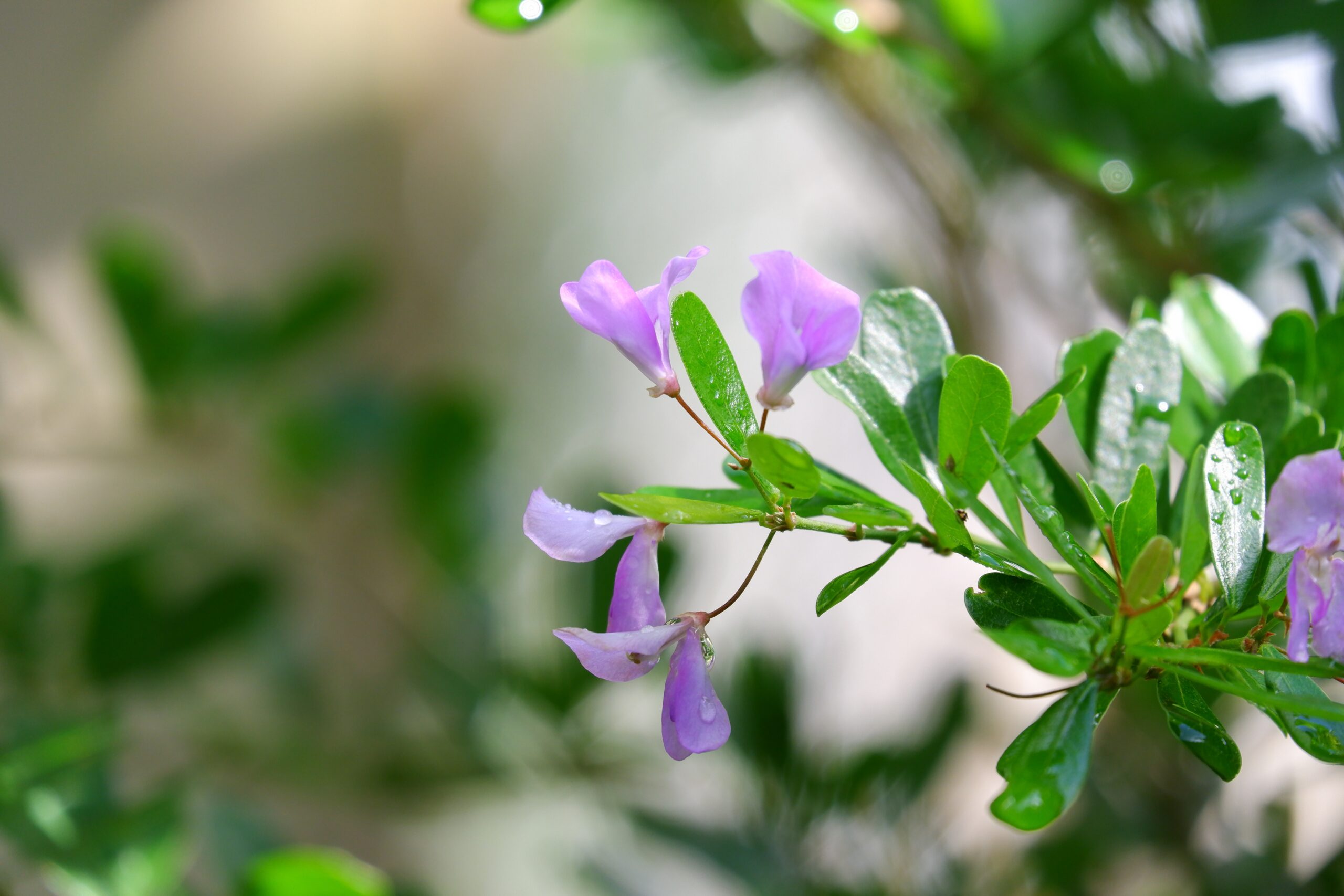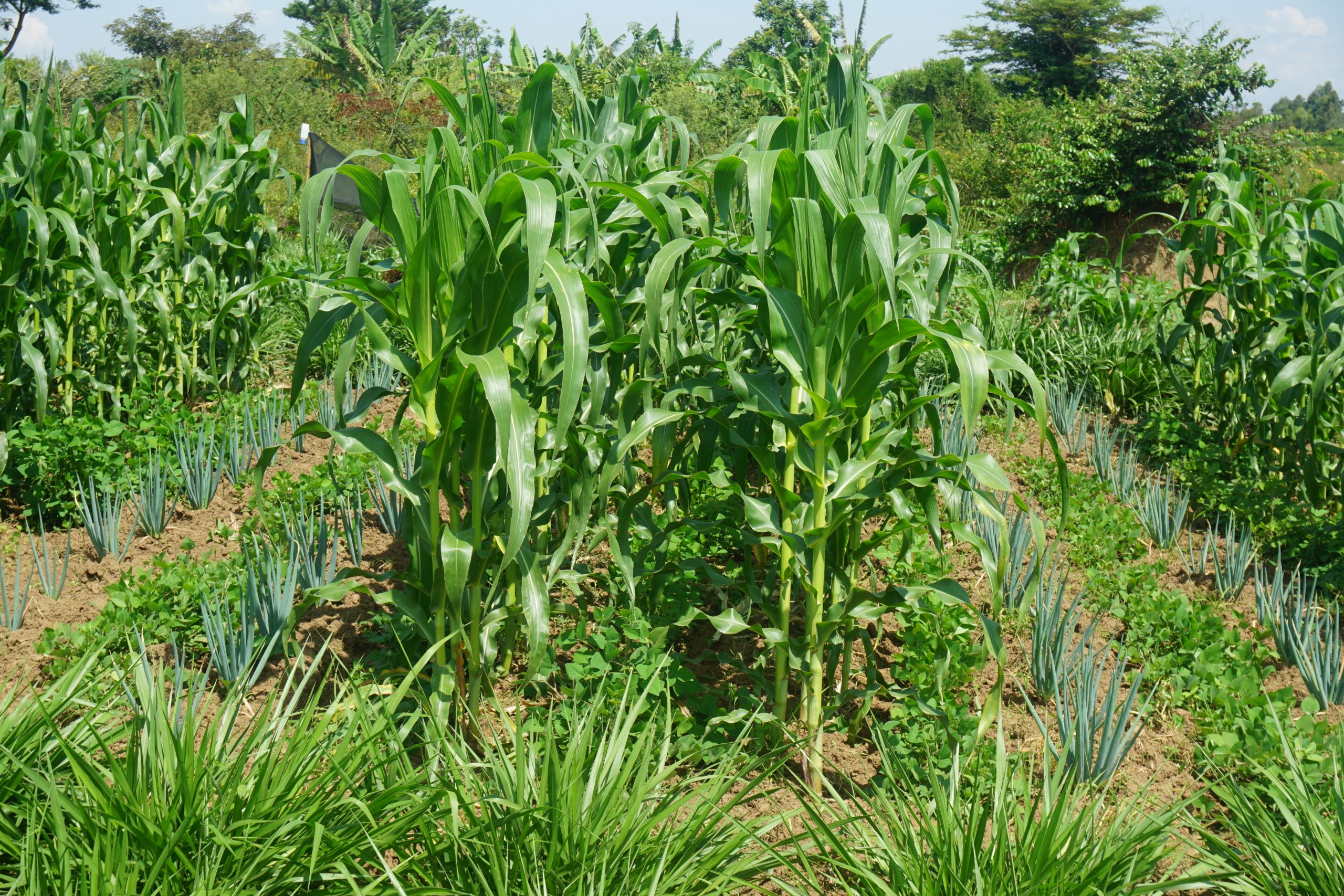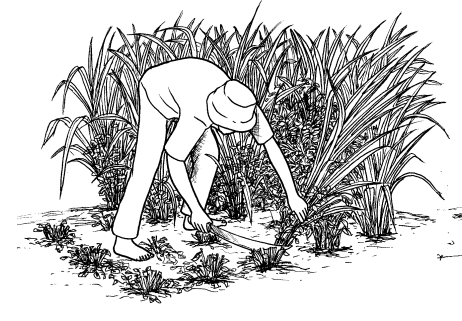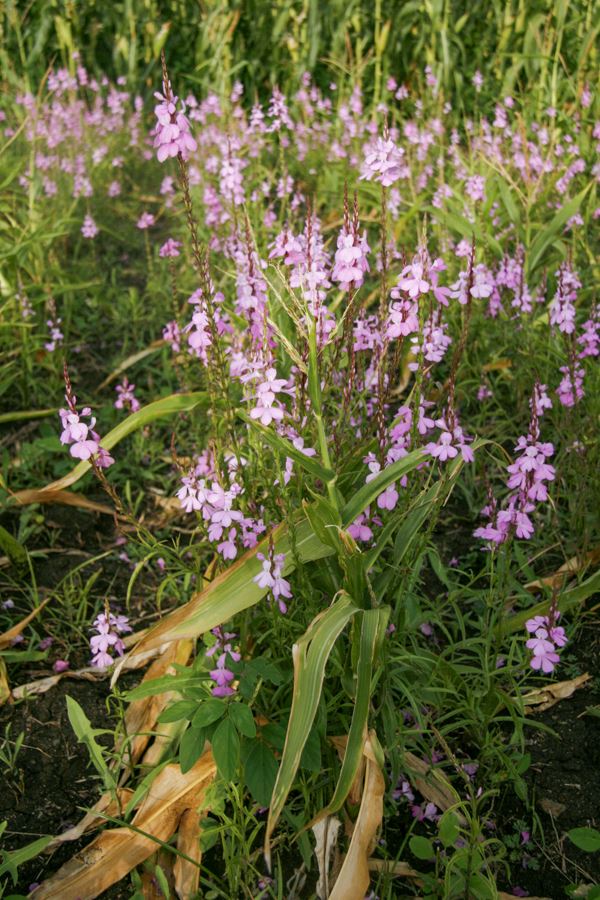In the competitive landscape of dairy farming, maximizing yields while minimizing costs is the key to success. The Ministry of Agriculture in Kenya created a leaflet for farmers with a strategic approach to cultivating Desmodium and Napier for increased milk production and profitability.
How to look after your crop
Maintain a weed-free environment by regularly removing unwanted plants. During the long rains, ensure optimal plant growth by applying one bag of Triple Super Phosphate (TSP) fertilizer per acre per year. After each harvest, boost soil fertility by applying manure in a furrow and covering it with soil.
How to use your crop
Harvest Desmodium and Napier when the Napier reaches a height of 2-3 feet. Maintain 4-inch stumps above ground level for both crops.

After harvesting, dice the mixture to prevent any unnecessary waste and then provide the prepared feed for the animal.
Dairy cows that are nourished with a diet comprising Napier and Desmodium exhibit enhanced milk production. Growing Desmodium and Napier together contributes to an overall increase in yield. Desmodium can be cultivated from either seeds or cuttings, with the latter being the more economical option. This resilient plant thrives particularly well in coffee-growing regions.
How to grow desmodium from seed
Create a well-prepared seedbed measuring 10ft x 10ft and elevate it to a height of 6 inches. Form shallow furrows, spaced 1 foot apart and 1 inch deep. Blend the seeds with an “inoculant,” following the instructions provided on the inoculant package to facilitate seed germination. Subsequently, plant the seeds, taking care to water them meticulously and consistently.
How to grow desmodium from cuttings
Set up a compact nursery on your farm, ideally measuring 5ft x 10ft. When bringing desmodium vines, ensure they are 2 feet long, with the soil still clinging to the new roots. Plant the desmodium vines with a spacing of 1ft x 1ft and water them regularly. For planting, mix the seeds with a handful of soil from another desmodium plot to promote optimal growth.
How to plant desmodium cuttings in the field
Create small holes between the recently planted napier canes or grass splits. Incorporate 2-3 tins, each weighing 2 kilograms, of farmyard manure into the holes. Obtain cuttings from either your seedbed or the small plot, and proceed to plant these cuttings using the same technique employed for planting sweet potato vines.

This guide is a blueprint for dairy farmers looking to optimize their profits. By strategically cultivating Desmodium and Napier, following efficient cultivation and crop management practices, and utilizing waste reduction strategies, farmers can create a sustainable and profitable dairy operation.
In dairy farming, knowledge is power, and this approach demonstrates that a thoughtful and strategic investment in crop cultivation can lead to a notable boost in milk production and financial returns.
Download the Desmodium leaflet here.


